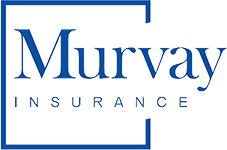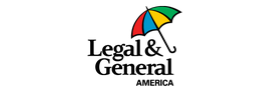When accidents occur in Newport Beach, CA, and surrounding areas, there’s always a question of fault. Some people believe that certain types of accidents automatically assign fault to one party or another. At Murvay Insurance, we strive to deal with claims fairly and responsibly. Because of that, we want to shed some light on this myth of automatic fault.
Difference Between Fault and No-Fault States
The first thing to understand is that California isn’t a no-fault state. In a no-fault state, insurance companies typically pay out for their client’s damages, no matter who was at fault in the accident.
As an at-fault state, California insurance companies must pay damages for their client if that client bears the majority responsibility or fault for the accident. Because fault will go wholly with one party or the other rather than being split, there are some circumstances where automatic fault will typically fall.
Types of Accidents Where People Assume Automatic Fault
Some of the most common types of automatic fault situations include:
- Rear-end collisions occur because the following vehicle has a duty to follow at a safe distance and pay attention.
- Running a red light or stop sign, because this violates the law and creates accident conditions
- Driving under the influence violates the law, impairs driving ability, and creates a considerable accident probability.
Generally, if there’s negligence on behalf of a driver, then that driver will likely take on the fault for the accident.
What Happens When There’s Equal Fault
Circumstances where parties all bear an equal or nearly equal amount of fault can happen. Under those circumstances, the insurance companies for all parties will have to pay damages.
For this reason, it’s important not to assume fault if there’s any degree of doubt. If you want to know more about how fault works in Newport Beach, CA car accidents, contact Murvay Insurance today.
 Email an Agent
Email an Agent















